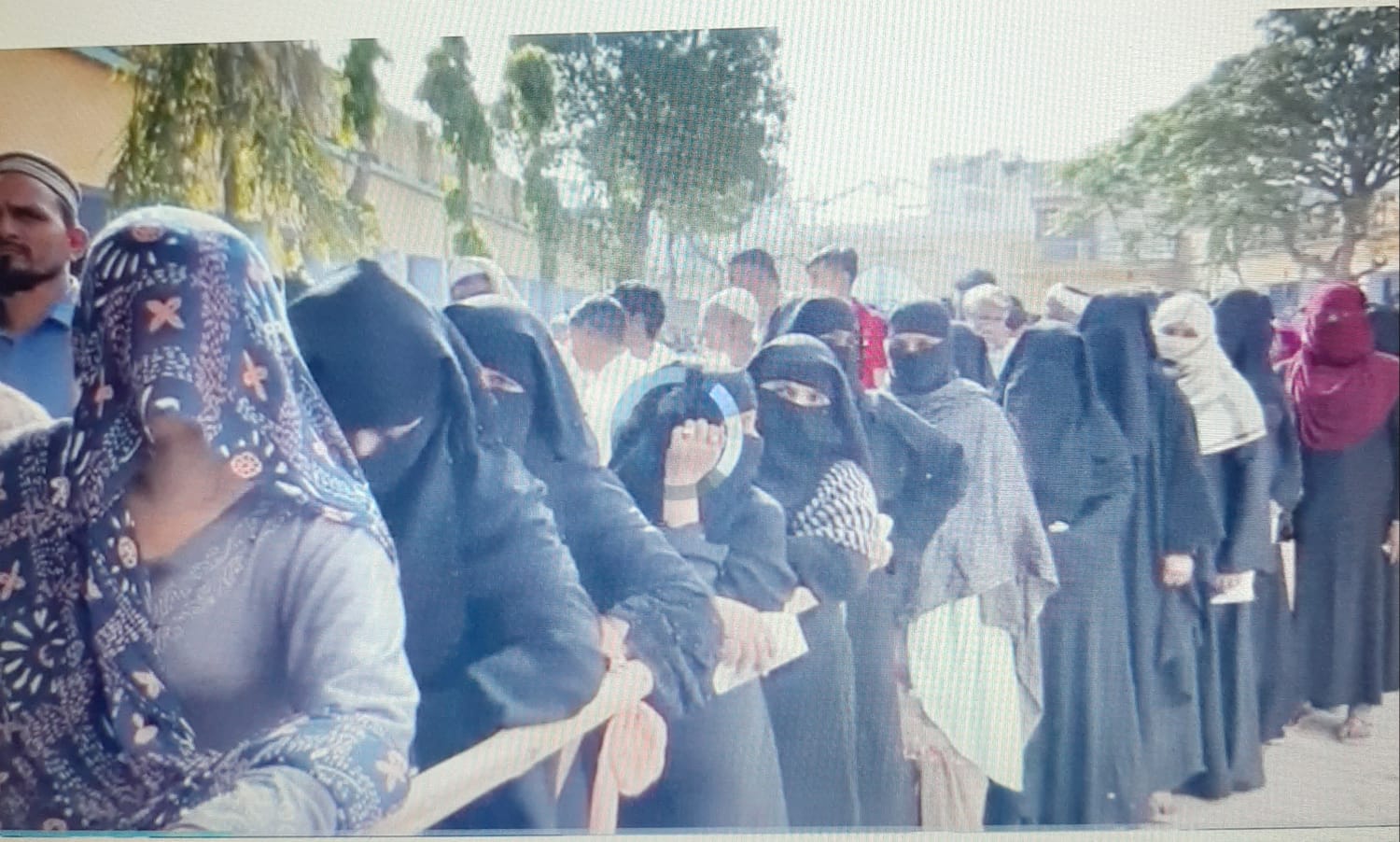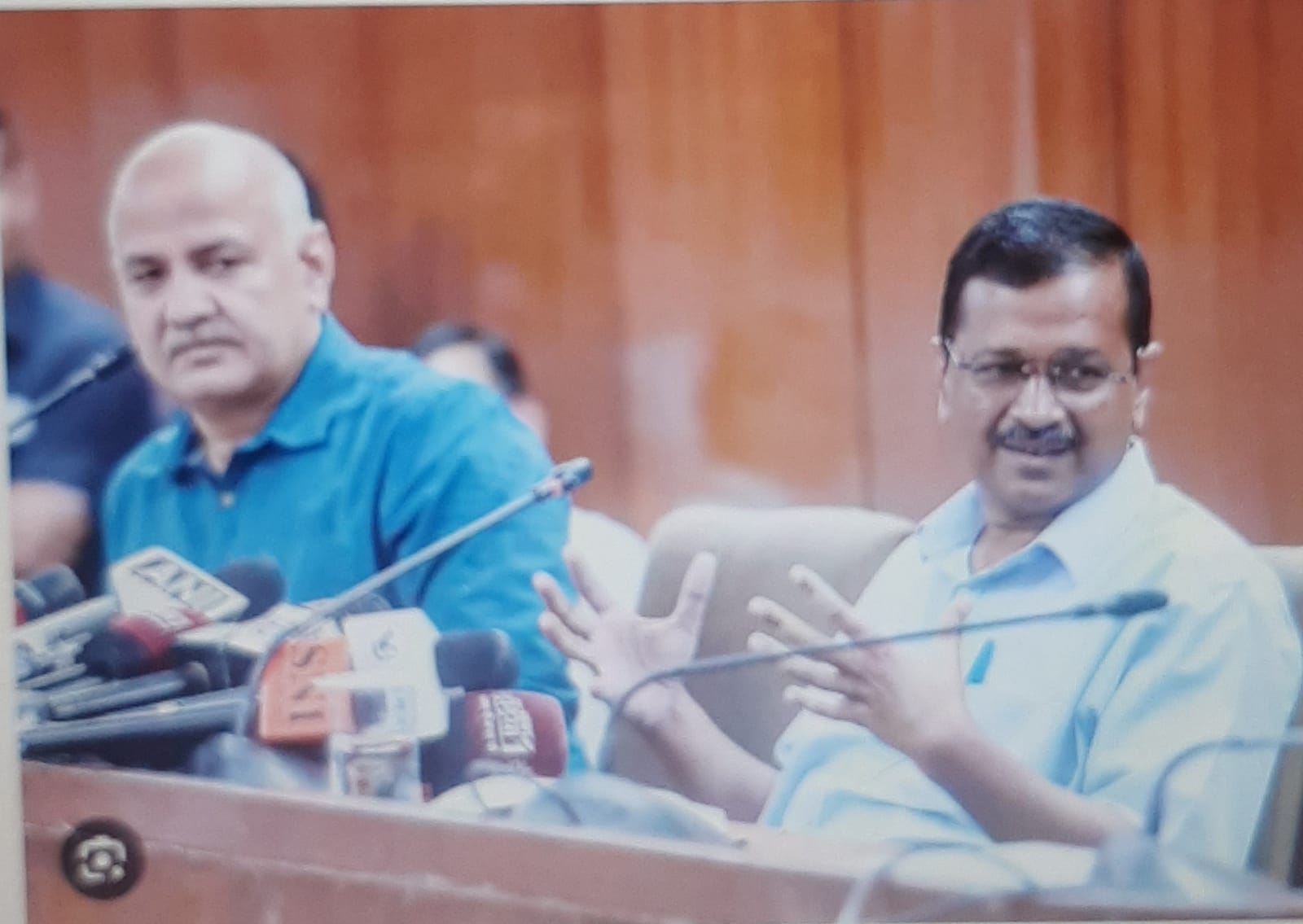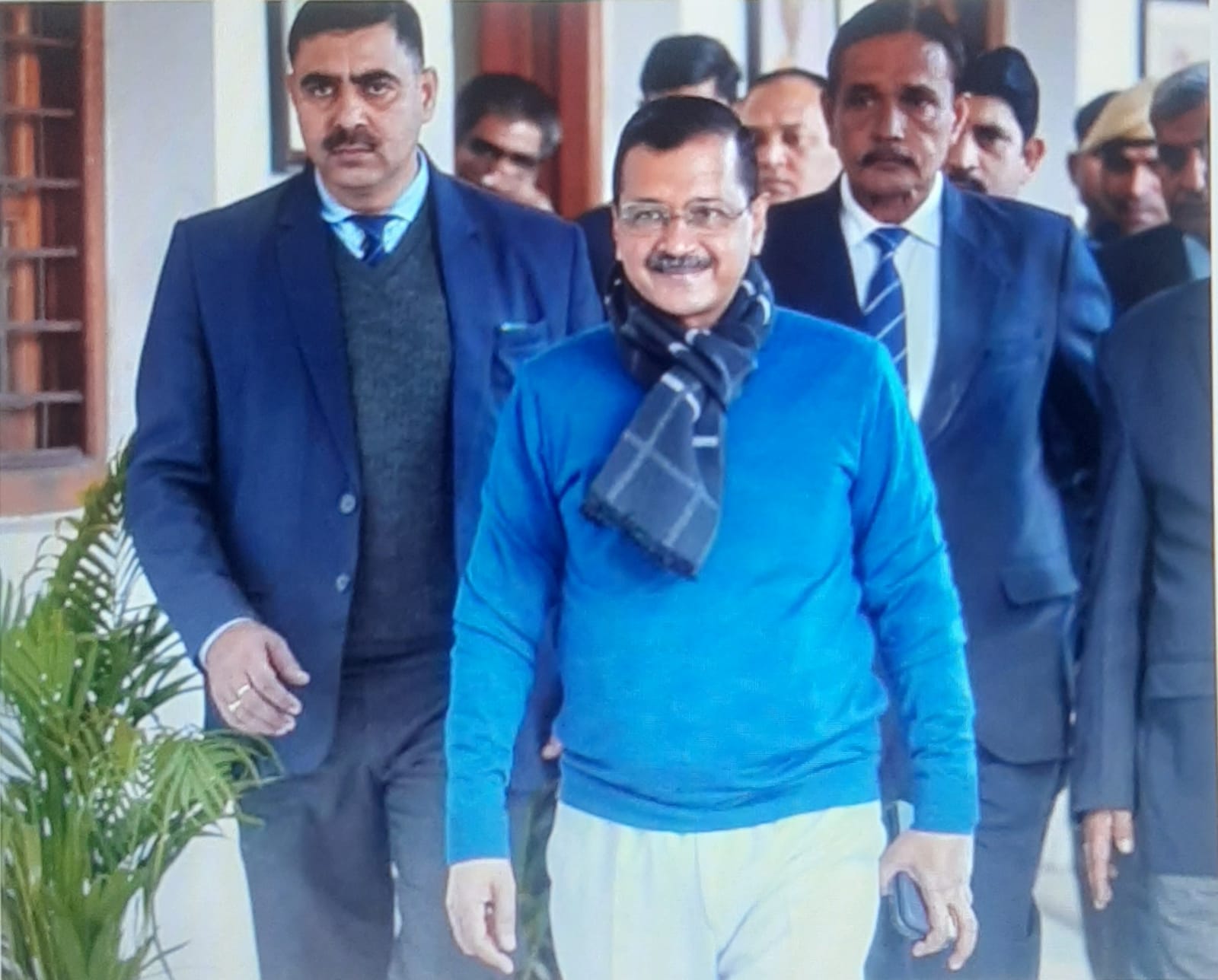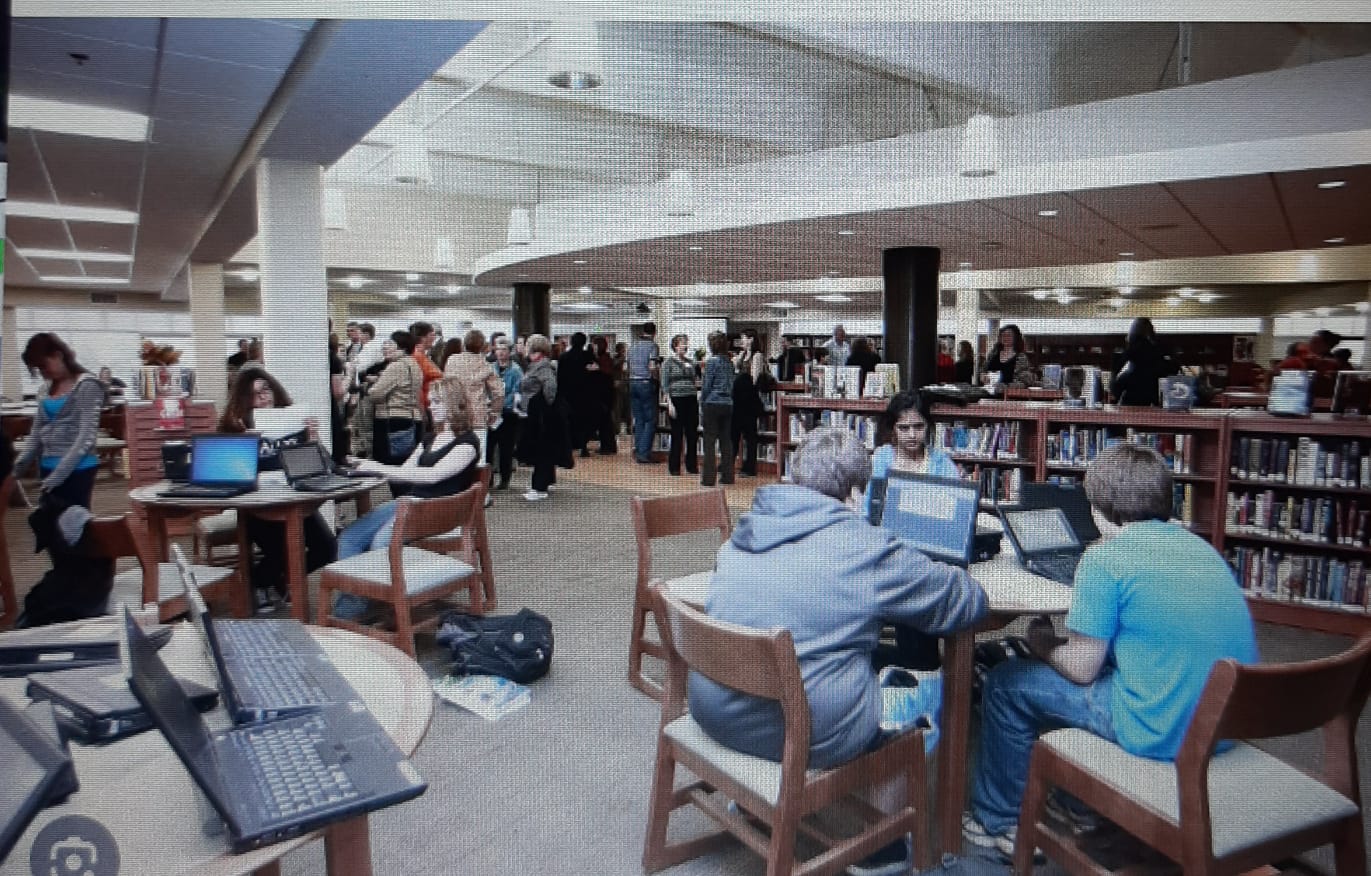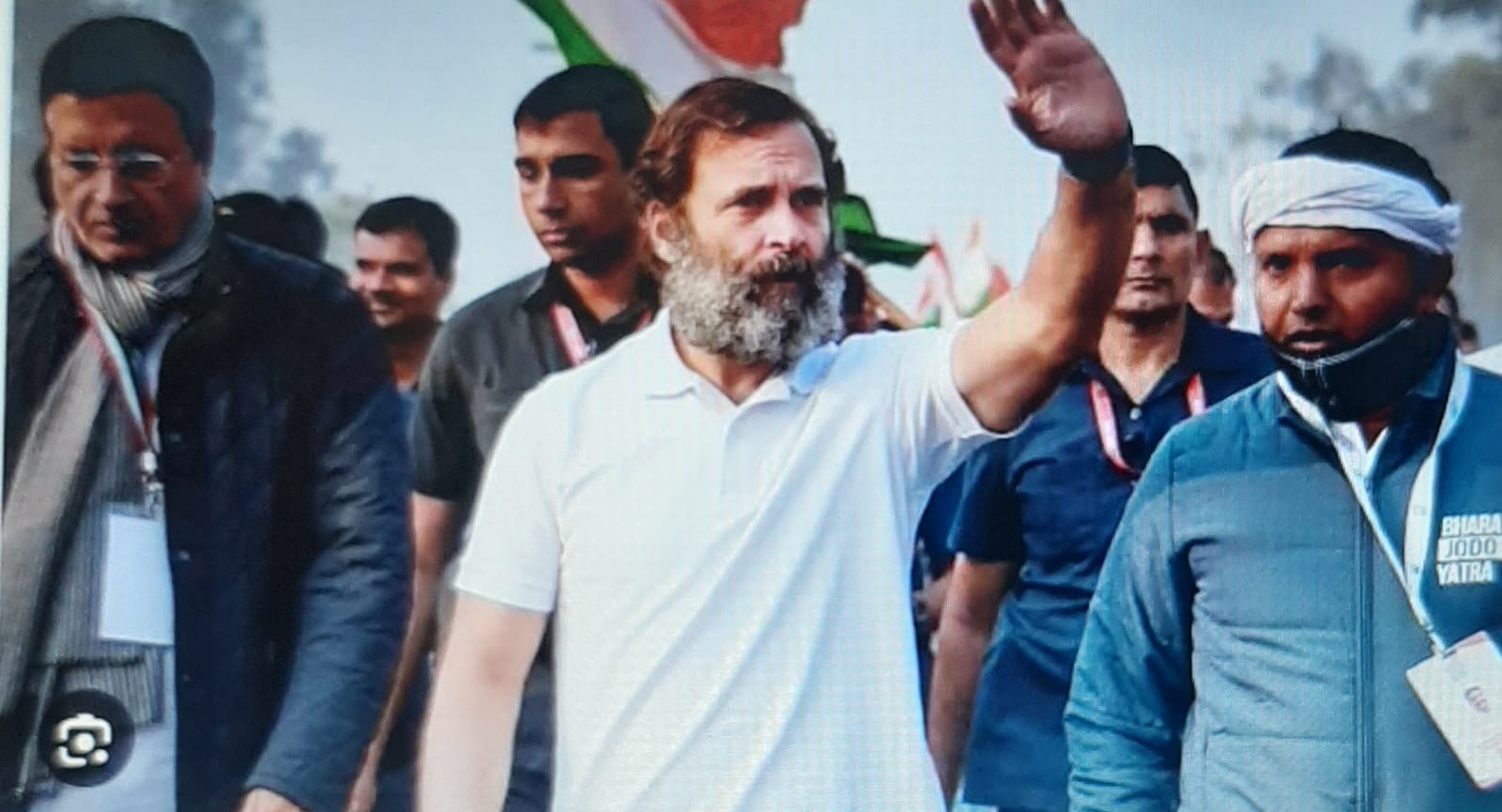
DN&V Correspondent
New Delhi, December 13:India’s factory output in October, as measured by the Index of Industrial Production, is down 3.8%, against a growth of 8.4% in the same month a year ago, according to official data released on Thursday. And in terms of industries, 18 out of the 23 industry groups in the manufacturing sector showed negative growth in October 2019 compared with the corresponding month of the previous year.
Note: Last month’s data showed India’s industrial production contracted 4.3% in September, its worst performance in the series that began April 2012 (with 2011-12 as the base year) and the lowest since October 2011 when compared with the earlier series with base year 2004-05. October 2019, although off the trough seen last month, marks the third month-on-month decrease with August 2019 also in negative territory.
Retail inflation continued upward, rising to 5.54% in November from 4.62% in October due to high food prices. And so RBI’s medium-term target of 4% has been breached for the second successive month since July 2018. (It was 2.33% in November 2018.) FYI: Retail inflation is at a 3-year high now; the previous recorded high was 6.07% in July 2016.
Also, retail food prices, which make up almost half of the inflation basket, increased to 10.01% in November, compared with a 7.89 % rise in October. The RBI mainly factors in the retail inflation while arriving at its bi-monthly monetary policy. In the wake of the uptick in inflation numbers, the apex bank — which was on a rate cutting spree — has kept key lending rates unchanged in December’s monetary policy committee review. The government has announced various measures to support the automobile industry, exporters, non-bank lenders and housing financiers in addition to announcing a sharp corporate tax rate cut for domestic companies not availing of any tax breaks and to new manufacturing companies. RBI has so far cut its benchmark repo rate five times in a row this year totalling 135 basis points.
India’s economy grew 4.5% in the second quarter, its slowest pace since March 2013. “The broad-based industrial weakness continues. The fiscal and monetary policy measures will have a lagged impact on the economy,” said DK Joshi, chief economist at Crisil Ltd. “If economic growth remains weak in the December quarter, then there is scope for monetary policy to further support economic growth.” He said the factors that may have an impact on retail inflation in the weeks ahead include higher telecom tariffs and a possible increase in goods and services tax rates.
tags


